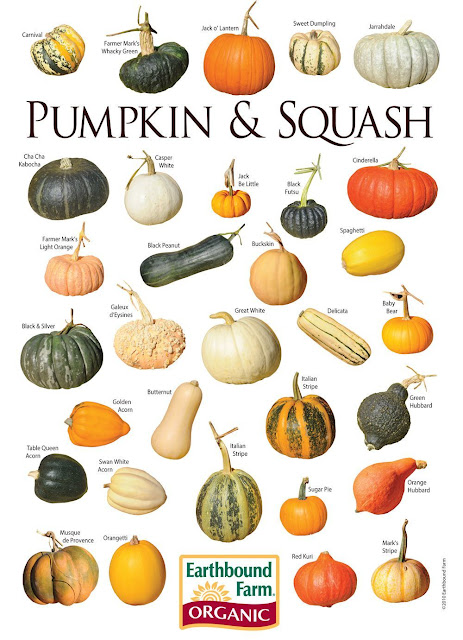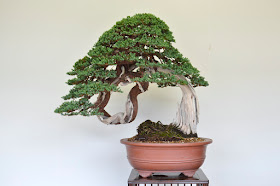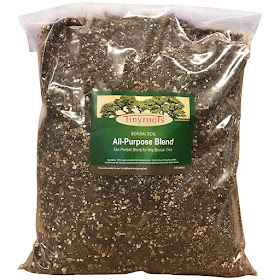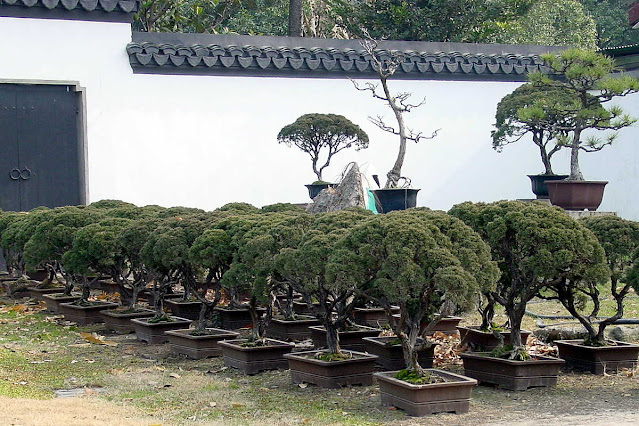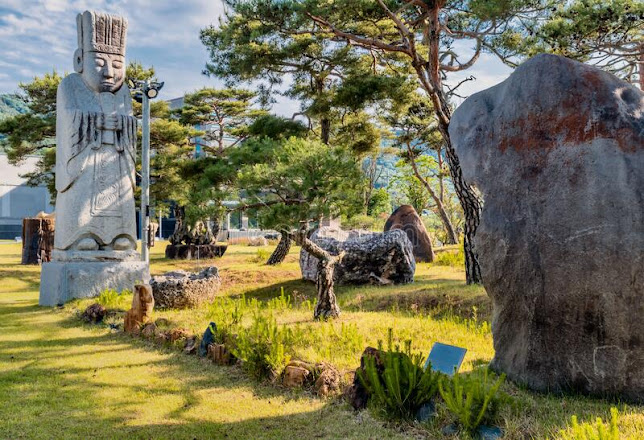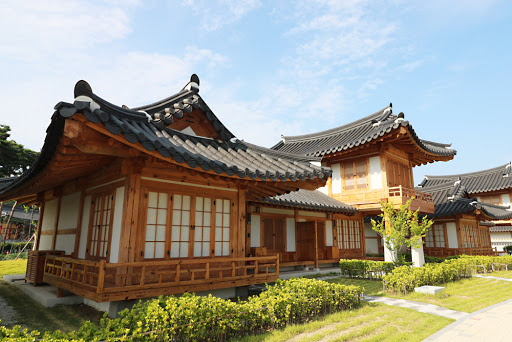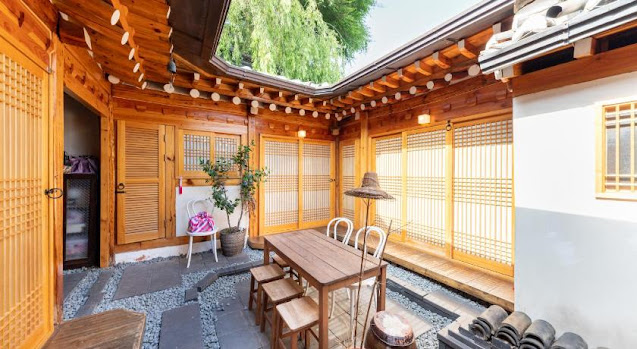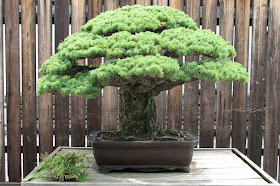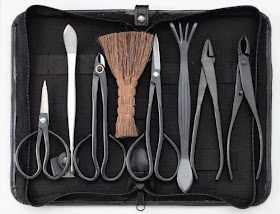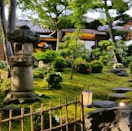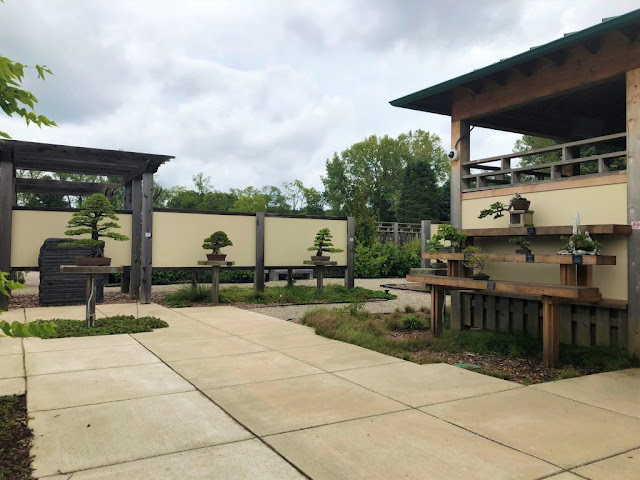Isn't it amazing, pumpkin is such an incredible cultivar of winter squash that has impressed generations since it originated from Mexico. Pumpkins are one of the oldest domesticated plants, having been used as early as 7,500 to 5,000 BC. Pumpkins are a warm-weather crop that is usually planted in early July. The specific conditions necessary for growing pumpkins require that soil temperatures 8 centimeters (3 in) deep are at least 15.5 °C (60 °F) and that the soil holds water well. Pumpkin crops may suffer if there is a lack of water or because of cold temperatures (in this case, below 18 °C or 65 °F). Soil that is sandy with poor water retention or poorly drained soils that become waterlogged after heavy rain are both detrimental. Pumpkins are, however, rather hardy, and even if many leaves and portions of the vine
are removed or damaged, the plant can very quickly re-grow secondary vines to replace what was removed. Pumpkins produce both a male and female flower, with fertilization usually effected by bees. In America, pumpkins have historically been pollinated by the native squash bee, Peponapis pruinosa, but that bee has declined, probably partly due to pesticide sensitivity. Ground-based bees, such as squash bees and the eastern bumblebee, are better suited to manage the larger pollen particles that pumpkins create, but today most commercial plantings are pollinated by hives of honeybees, which also allows the production and sale of honey that the bees produce from the pumpkin pollen.
Fall is officially underway which means that perfect round, bright orange pumpkins are available for picking from the pumpkin patch. Picking out the perfect pumpkin (or pumpkins!) for your family is a fun event in itself. But what do you plan to do with them once you get them home? Here are some fun ideas and facts for ways you can use your freshly picked pumpkins!
Decorate your home
If you’re feeling festive, pumpkins make great fall decorations both inside and outside of the home. Outside, people will often pair them with scarecrows, haystacks, and decorative corn stalks to create that perfect fall look. Pumpkins also make great centerpieces and they also look great when displayed throughout the home.
Make beautiful place settings
Mini-pumpkins make a great place-setting accessory at fall events and attendees can take them home to enjoy! Pumpkins can also be used instead of a seating card at a fall-inspired event, such as a wedding. Simply write each guest’s name on a pumpkin with their table number. You can also paint the pumpkins to make them stand out, or use them as-is since pumpkins are gorgeous on their own.
Cook delicious pumpkin treats
Carve your pumpkin
A favorite family Halloween activity is turning a pumpkin into a jack-o-lantern. Create your own designs or if you aren’t too artistic, you can buy pumpkin carving kits. You can also use cookie cutters as a guide to cut different shapes into the pumpkin. Don’t be afraid to use your creativity, but if small children are involved with the project, it is best to have an adult do the cutting.
Pumpkin seed oil and its health benefits
You may know that saturated fats aren’t good for healthy hearts. But it can still be confusing to know which fats are OK to eat. Pumpkin seed oil is actually an unsaturated fat, meaning it’s the “good” kind of fat. Unsaturated fats like pumpkin seed oil can actually promote a healthy heart.
Grow your giant pumpkin
If you’re feeling festive, pumpkins make great fall decorations both inside and outside of the home. Outside, people will often pair them with scarecrows, haystacks, and decorative corn stalks to create that perfect fall look. Pumpkins also make great centerpieces and they also look great when displayed throughout the home.
Make beautiful place settings
Mini-pumpkins make a great place-setting accessory at fall events and attendees can take them home to enjoy! Pumpkins can also be used instead of a seating card at a fall-inspired event, such as a wedding. Simply write each guest’s name on a pumpkin with their table number. You can also paint the pumpkins to make them stand out, or use them as-is since pumpkins are gorgeous on their own.
Cook delicious pumpkin treats
Fall also means delicious pumpkin recipes! There’s pumpkin pie, pumpkin bread, pumpkin soup, and more. Yum! Why not bake something from scratch this year? Pumpkin tastes delicious in a variety of recipes, both savory and sweet. In addition to beta carotene, pumpkins offer vitamin C, vitamin E, iron, and folate, all of which strengthen your immune system. More pumpkin in your diet can help your immune cells work better to ward off germs and speed healing when you get a wound.
The benefits of pumpkin skin
Pumpkin skin is specifically high in beta-carotene which converts into Vitamin A in the body. This powerful antioxidant can help prevent sun damage when consumed regularly so you can keep that skin glowing all day long.
Carve your pumpkin
A favorite family Halloween activity is turning a pumpkin into a jack-o-lantern. Create your own designs or if you aren’t too artistic, you can buy pumpkin carving kits. You can also use cookie cutters as a guide to cut different shapes into the pumpkin. Don’t be afraid to use your creativity, but if small children are involved with the project, it is best to have an adult do the cutting.
Pumpkin seed oil and its health benefits
You may think of pumpkin as a festive fall decoration or the ingredient for the perfect pie, but pumpkin has other uses. Pumpkin seed oil, for example, has certain health benefits. Pumpkin seed oil is said to help promote urinary health and heart health. It’s full of vitamins and anti-inflammatory agents, along with linoleic and oleic acid. Here’s what you need to know about this fruit’s potential health benefits.
Pumpkin seed oil has been linked to positive effects on hair growth, especially in men. The link to study can be found here. The study found that men who took 400 milligrams of pumpkin seed oil every day for 24 weeks actually had 40 percent more hair growth than men in the placebo group. No adverse effects were found.
You may know that saturated fats aren’t good for healthy hearts. But it can still be confusing to know which fats are OK to eat. Pumpkin seed oil is actually an unsaturated fat, meaning it’s the “good” kind of fat. Unsaturated fats like pumpkin seed oil can actually promote a healthy heart.
Pumpkin seed oil, along with palmetto oil, has shown promising results as an alternative therapy for benign prostate hypertrophy (BPH). BPH is a common condition where the prostate becomes enlarged. This can be extremely painful and block the flow of urine. A study of Korean men with BPH found that pumpkin seed oil may act as an effective alternative medicine with no adverse reactions. Participants in the study saw an improvement in symptoms, including better urinary flow. Researchers found that optimal results occurred when pumpkin seed oil was paired with palmetto oil. The study can be found here.
Lastly, pumpkin seed oil was found to help relieve some of the symptoms of menopause. This included a decrease in hot flashes, joint pain, and headaches. The women taking pumpkin seed oil also had an increase in their HDL levels, which is the “good” cholesterol.
Grow your giant pumpkin
Pumpkins can reach truly massive proportions. The Guinness World Record for the heaviest pumpkin of all time belongs to a German specimen that weighed 2644.6 pounds in 2016. If you're looking for a gourd that rivals the world's biggest, you won't find it at the supermarket. The best way to get your hands on a giant pumpkin is by growing it yourself and if you start now, it may be ready by Halloween 2022.
A monster pumpkin starts with a tiny seed, but it can't be any pumpkin seed. Modern Farmer recommends planting Dill's Atlantic Giant the variety that has produced nearly all the record-smashing pumpkins of recent decades. If grown under ideal conditions, these seeds can produce pumpkins between 300 and 500 pounds.
Start preparing to grow your giant pumpkin in the fall. In your garden, till a 10-foot-diameter bed that receives at least eight hours of sunlight per day. Spread six inches of composted manure over the soil and shape it into a low, wide mound. Cover the bed with straw mulch or a cover crop until you're ready to plant your pumpkins in a few months.
In late winter or early spring, roughly a month before the last frost of winter germinate your pumpkin seeds in indoor pots. Air temperatures should fall between 65°F to 75°F and soil temperatures should be 70°F to 90°F. Once your seedling has sprouted a few leaves, plant it in the prepared bed in your garden. If you have more than one seedling, space them out at least 10 feet apart. Covering the area around the sprout with plastic in the early spring can protect it from cold weather and encourage early growth.
Moisture, sun, and nutrients are essential to cultivating large pumpkins. The soil should always be moist, and the patch should be located in a bright, sunny spot without any shade. A weekly feeding of nutrients will help it gain a lot of bulk in a short amount of time. Wind, pests, and weeds pose a threat to pumpkins, so monitor the conditions around the plot and install a fence or use insecticides and fungicides if necessary.
Though it may seem counterintuitive, it's important to pluck flower buds from your vine when it's first starting to grow. This allows the leaves to grow big enough to collect energy for one, giant pumpkin instead of several tiny ones. When your vine is about 10 feet long, leave any budding flowers alone for a few weeks. The biggest fruit at the end of this period will be your giant pumpkin, and the rest can be pruned.
Giant pumpkins have unique needs to keep in mind. They're prone to rot, and a bed of sand or a sheet of wood or cardboard beneath them offers protection from moisture and insects. The skin of a 300-pound pumpkin is stretched to its limit, and erecting a shade cloth over the fruit keeps its exterior flexible as it expands. Also, make sure to prune any rootlets preventing the vine near the pumpkin from lifting off the ground as it grows larger. Branching vines that produce leaves promote growth, but vines that are longer than eight feet may consume more energy than they harness for the pumpkin and should be removed.
With some luck and hard work, your giant pumpkin should be ready to harvest by the end of fall. The crop won't make very good pumpkin pie, but it might win you a blue ribbon at your local fair. Here are more uses for pumpkins of any size this Halloween season. Good Luck!
Some exciting pumpkin products such as caps, sleeveless shirts, trousers, blankets etc. can be found in this link. Pumpkin products


